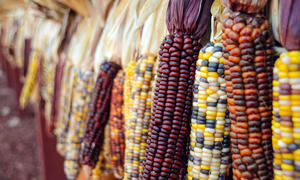article
We Don’t See Racism?
Two afternoons a week, I tutor a high school junior in English and history and enjoy gleaning insights into a different school community than the one in which I work. My client Mary attends a school with a predominantly white and wealthy student population. I work mainly with students of color from families who live in poverty.
